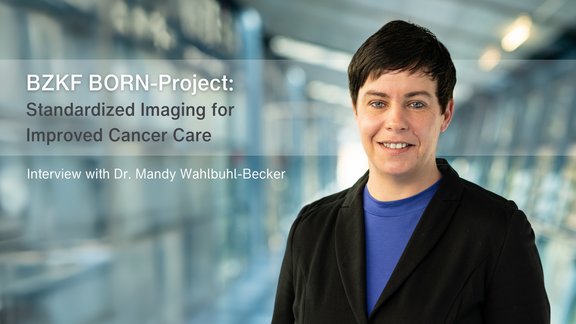From my initial experience with mint Lesion™ software, and over the time I have been using it, I have been pleased with the software and come to depend on it.
Assessing tumor response to therapy involves a myriad of details that are distinct and different from the regular radiological evaluation of CT, PET, or MRI. These details require consistency, reproducibility, extraction of numerical information, conversion of this information into a variety of new formats, communication of results, and, finally, presentation for clinical use or scientific study.
mint Lesion™ succeeds in each of these roles, with minimal input from the busy radiologist.
To get started, there is the issue of ease-of-use. At baseline, the radiologist can easily access the best series for evaluation and add lesions one at a time, determining at the conclusion of the analysis which lesions should be targets, which non-targets, and which only “findings.” Lesions can be re-ordered to suit the radiologist’s desire. Entire studies can be revised, and Mint prompts for the reason, which must be included in any audit trail.
For follow-ups, the software “pre-fetches” follow-up examinations automatically, so that the radiologist has the relevant images immediately. Each study is automatically registered, and the radiologist can simply scroll through his list of lesions, measuring each lesion at the new data point. This process is even easier, because mint Lesion™ remembers the correct zoom, window/level, and measurement tool (linear, bilinear, polygonal, 3D) that the radiologist originally used. No buttons to push or mouse clicks needed!
mint Lesion™ prompts for any irregularities that need to be addressed. Approving the measurements is simple. PDF reports are automatically generated, and our clinicians have been happy with them. All PDFs and data (including thumbnails) can be archived back to PACS.
But it is in the management of the cases and the data that mint Lesion software shines. The scans are readily manipulated into the appropriate protocol for assessment. The baseline can be selected, de-selected, or changed, a feature especially useful in cross-over studies or moving from RECIST 1.1 to iRECIST. Studies not for consideration (such as treatment planning CTs or normal brain CT scans) can be de-selected for assessment.
Data management is more complex, however, and mint Lesion™ is specifically designed to perform these more complicated tasks. The possibility of transcription errors is eliminated, because the numerical data is automatically transmitted to the appropriate location on a table, graph, or spreadsheet cell. The assessment of PR, SD, or CR is automatic, as well as determination of whether a patient is in the PD class, the unconfirmed PD, or the confirmed PD class. With the confusing rules of iRECIST, it is valuable to have the logical analysis built into the software and it is reassuring to know that the software is constantly supported for any changes that may occur in the methodologies.
The fact is that the radiologist does not ever have to even think about the numbers themselves. They can concentrate on delineating the lesions themselves – on the images, on the screens – and not worry about getting the right numbers to end up in the right boxes. This feature by itself is the key to mint Lesion™’s strength. Having this feature by itself is a reason strong enough to discard all other programs, measurement systems, off-line spreadsheet analyses, hand-written tables, or free-text reporting.
As part of our on-going clinical trials, I am using mint Lesion™ for the initial evaluation of all new baseline scans, because the follow-ups become so easy. As a retrospective tool, clinicians have asked me to perform dozens of new evaluations in complicated settings involving new therapies, and mint has allowed me to do these quickly, much to the delight of my clinicians, who are able to reference mint in their scientific presentations and publications. Furthermore, during audits of our facility, I have been able to demonstrate how the use of an internationally accepted software package enables our facility to operate a world-class clinical trials program.
In summary, I am impressed with the quality and power of the mint Lesion™ software solution and I recommend it enthusiastically to radiologists who are involved in the measurement and follow-up assessment of patients who are undergoing imaging for cancer.



